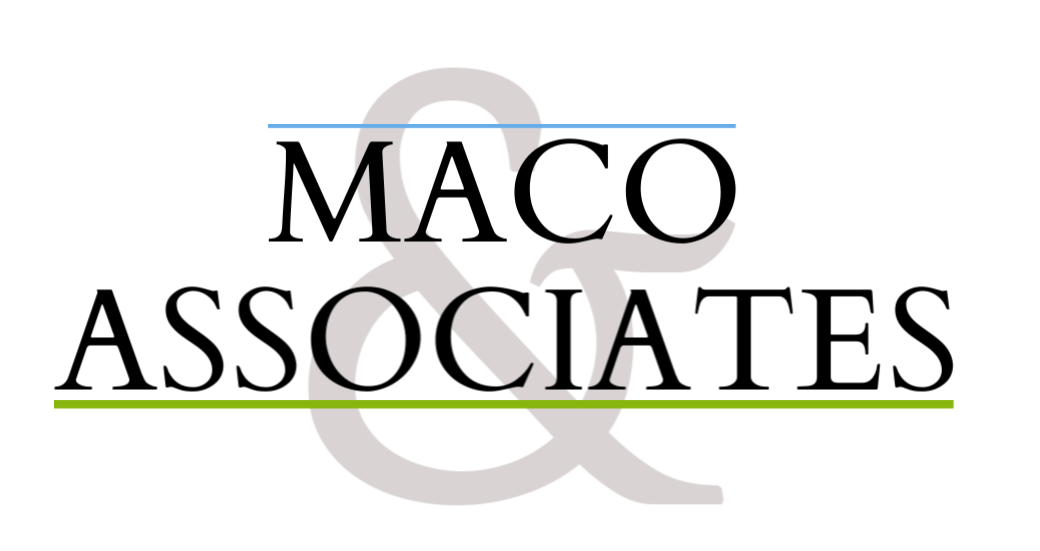As we near the halfway point of Summer 2022, it’s a good time to take a look at things impacting your tax situation
Changes to COVID-19 Tax Provisions
Several favorable tax provisions that were enacted in response to the COVID-19 pandemic expired at the end of 2021. Although new legislation has been introduced throughout 2022, nothing to date has passed. Based on where the laws currently stand, we’ve highlighted some key issues to help you plan for tax year 2022. If Congress comes to some sort of agreement and extensions are enacted, we’ll keep you informed.
Paycheck checkup
It’s always a good idea to periodically check how much federal income tax you’re having withheld from each paycheck. This is especially important if your filing status changes because of marriage, divorce or the birth of a child; you or your spouse start or stop a second job; you have taxable income with no withholding (such as retirement income, unemployment compensation, capital gains or self-employment income); or you’re no longer able to claim certain credits or expect the amount you previously claimed to decrease by more than $500, which could happen in 2022 since several credits return to lower amounts with more restrictions.
You can use the IRS’s Tax Withholding Estimator to perform a “paycheck checkup” to ensure you have the right amount of tax withheld from your paycheck. The online tool is available at https://apps.irs.gov/app/tax-withholding-estimator.
Child tax credit
For 2021, the child tax credit (CTC) was $3,000 for each child under age 18 or $3,600 for each child under age 6. It decreases significantly for 2022, reverting to $2,000 for each qualifying child under age 17 and phasing out at $400,000 if you’re filing a joint return or $200,000 for any other filing status. In addition, for 2022, the CTC is no longer fully refundable if you have no earned income or no tax liability. Instead, it’s only partly refundable to the extent 15% of your earned income exceeds $2,500.
Child and dependent care credit
For 2022, the child and dependent care credit is much smaller and nonrefundable (in 2021 it was fully refundable). The dollar limit for eligible expenses returns to $3,000 ($8,000 for 2021) for one child and $6,000 ($16,000 for 2021) for two or more qualifying children.
The maximum credit rate is only 35% of eligible expenses if your income is $15,000 or less, which is much lower than the 50% credit rate that applied for 2021 if your income was $125,000 or less. The 35% rate decreases as your income rises and becomes unavailable when your income exceeds $43,000, compared to $438,000 for 2021. Thus, you may have been eligible for a credit on your 2021 return, but depending on your circumstances, it will be much lower or even nonexistent on your 2022 return.
Earned income tax credit
For 2022, the minimum and maximum age limits to claim the earned income tax credit (EIC) without any children (childless EIC) apply once again, so you must be at least age 25 and under age 65. If you claimed the EIC on your 2021 return but don’t meet these age limits, you won’t qualify for it on your 2022 return, so don’t plan on it.
You also must have earned income in 2022 to qualify for the EIC on your 2022 tax return. In general, earned income is a requirement. However, for 2021, taxpayers were able to elect to use their 2019 earned income to claim the EIC if it was higher than their 2021 earned income, even if they didn’t have any earned income in 2021. If you already filed your 2021 tax return and think you qualify for a larger EIC using your 2019 earned income, contact our office. We can file an amended return for you if necessary.
Premium tax credit
In general, when you purchase health insurance through the Marketplace, you don’t qualify for any premium assistance if your income is too high. However, for one more year, if your household income is more than 400% of the federal poverty line (FPL), you’re still eligible to claim the premium tax credit (PTC) in 2022 and will not pay more than 8.5% of your income for coverage.
Required minimum distributions
You must begin using updated life expectancy and distribution period tables to calculate required minimum distributions (RMDs) from your qualified retirement plans and IRAs starting with calendar year 2022. These tables reflect longer life expectancies based on a review of current mortality data. The good news is that the amount you’re required to take each year is lower, which gives you the option of leaving more money in your retirement plan(s) to use at a later date. However, don’t worry, you can always take more than what’s required.
Business standard mileage rate
In response to rising gas prices, the IRS increased the business standard mileage rate for the last six months of 2022. For Jan. 1–June 30, 2022, it’s 58.5¢ per mile, and for July 1–Dec. 31, 2022, it’s 62.5¢ per mile. If you meet certain requirements, you can choose to use the business standard mileage rate to deduct the cost of operating your automobile for business instead of tracking actual costs. However, you must have adequate records that document the time, place, business purpose and number of miles for each trip. You cannot simply divide total business miles for the year in half or allocate more miles to the second half of the year when the rate is higher. IRS Pub. 463, Travel, Gift, and Car Expenses, contains a daily business mileage and expense log, located at www.irs.gov/pub/irs-pdf/p463.pdf. There are several apps that track business mileage as well.
IRS notices
The IRS sends notices and letters for various reasons. If you receive one, first and foremost, don’t panic. Read it carefully. Sometimes it’s just valuable information to keep with your tax records. Other times, the notice might say the IRS needs more information or changed something on your tax return. If you agree with the change, there’s no need to contact the IRS, but you must follow the instructions in the notice if you have a balance due. On the other hand, if you disagree with the change, you must respond as directed in the notice. Keep in mind, the IRS has sent out incorrect notices in the past. Contact our office so we can help determine the appropriate course of action.
It’s been difficult keeping up with all the tax law changes in recent years. Please contact our office if you have any questions.
We hope this brief answered some questions you may have had. As always, please reach out if you have any additional questions before your annual appointment. Wishing you a safe and enjoyable finish to your summer.




